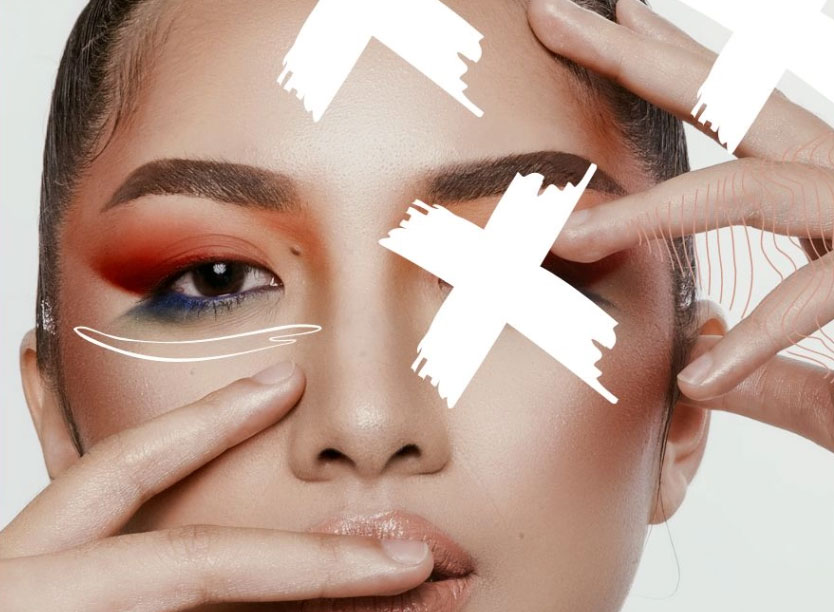Common Mistakes and Corrective Measures for Aesthetic Complications
The popularity of PDO Thread Treatments within the aesthetic industry is booming, many practitioners are seeing the added benefits of PDO Threads in comparison with injectables such as dermal fillers or even Botox for facial rejuvenation. This minimally invasive procedures not only rejuvenate soft tissue but can correct mild skin laxity through the aging face and body.
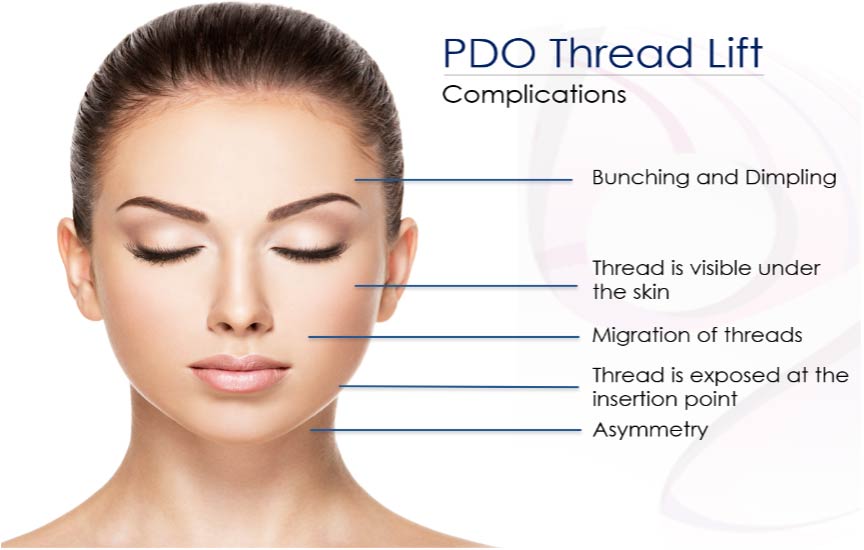
However popular and the safe this procedure is there is still the possibility of complications or adverse events that can occur for practitioners. Qualified training including certification pathways for practitioners eliminates the majority of complications though even the best injector may experience these common aesthetic complications when administering PDO Threads:
Bunching & Dimpling:
Causes: Skin is being pulled too tight and “bunching” around the barbed threads. Thread was not perpendicular to the skin during insertion and “dipped” in the skin before readjustment causing a small internal ripple or dimple.
Solutions: Adjust the barbs by pulling the thread in opposite directions. If the barbed thread has not been cut then hold the exposed thread with one hand, anchor skin with other hand and push skin down while exposed thread is pulled up. A “popping” sensation will occur as the barbed threads disengage. Once bunching or dimpling has resolved, reactivate the barbed threads by sliding thumb along the implanted thread toward the point of insertion.
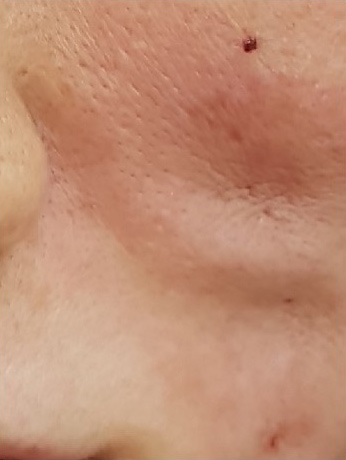
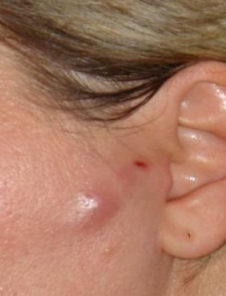
Thread Exposed at Insertion Point:
Causes: PDO Thread was not cut properly and not flush to the skin. Excess thread is pushing against the skin causing inflammation, discomfort, and/or possible infection.
Solutions: Numb the area where thread is pushing against the skin with Lido/EPI. Make a small pilot hole with 18g needle. Expose the tip of the thread by pushing it out of the pilot point or by using a small sterile, fine tip forceps to pull the tip of the thread out of the skin. Pull gently on the thread while cutting the exposed end with a sterile scissor.
Asymmetry
Causes: PDO thread not being placed properly or thread not properly engaged to the tissues. Usually this occurs when an improper vector angle was used causing a irregular look to the face or body.
Solutions: It is not practical to remove PDO Threads after placement unless it is a medical related issue. If the thread has not been activated it may be able to be adjusted. However, if the PDO Threads cannot be adjusted after placement asymmetry but can be corrected by placing additional threads in the area similar to injectables.
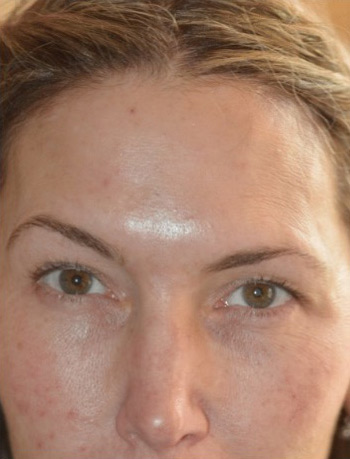
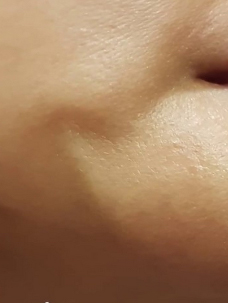
Migration | Threads Visible under the Skin
Causes: Thread was placed too superficially under the skin and has migrated to just below the epidermis. The thread is visible under the skin when patient smiles, through animation, or tissue is at rest.
Solutions: If migration is observed before the PDO thread has been cut, remove the thread by simply pulling it out. If migration happens after thread is cut, thread must be removed. Isolate the location of the thread, numb the area with lidocaine w/epi., make a small pilot point (hole) with 18g needle, and hook the thread using a small sterile phlebectomy hook. Pull thread out through pilot point and apply ice to area for approximately 15 minutes.
At Illari Threads, LLC we believe that education, training, and certification leads to be results for patients and enhances patient care. We strive to make sure that practitioners who use our products are in the very best position to create amazing results.
More Articles
Published: Sep 14/2022
What are the differences between PDO, PLLA, and PCL Threads
Thread Lift procedures within aesthetics is experiencing tremendous growth within aesthetics due to their ability to deliver results comparable to surgical procedures though are semi-permanent lasting up to (2) years…
Published: Aug 23/2022
FDA to Crackdown on Non-FDA Cleared PDO Threads
FDA to Crackdown on Non-FDA Cleared PDO Threads. A spokesman for the agency further commented that "it will be increasingly difficult to stop the various channels that people can acquire these non-FDA Cleared devices so the emphasis will be on the physician or healthcare professional administering these unapproved devices"…
Published: Jul 24/2022
Why Incorporate PDO Threads into your Practice?
The United States is one of the largest markets for minimally invasive aesthetic procedures in the world. The demand for PDO Thread procedures has increased exponentially in the past (5) years and will continue to grow at rates over 7.4% CAGR (Compound Annual Growth Rate)…



